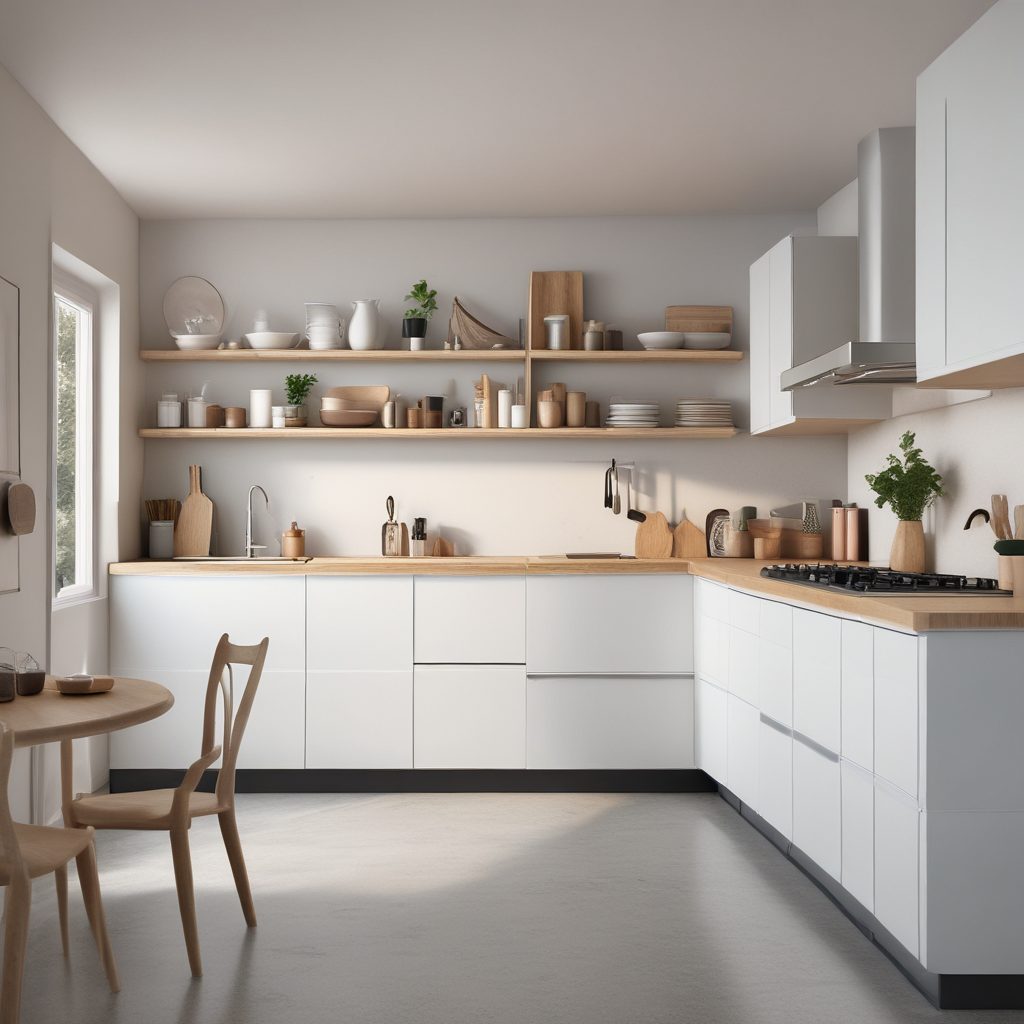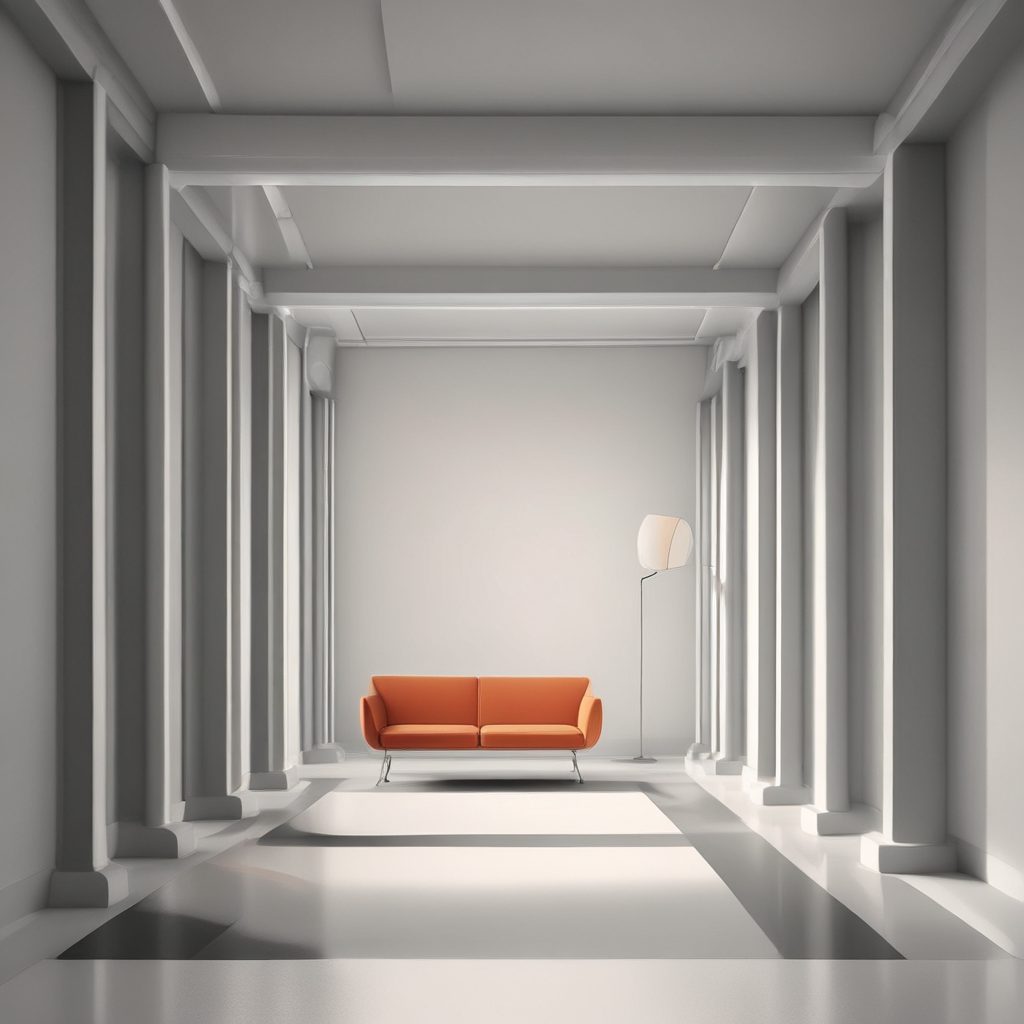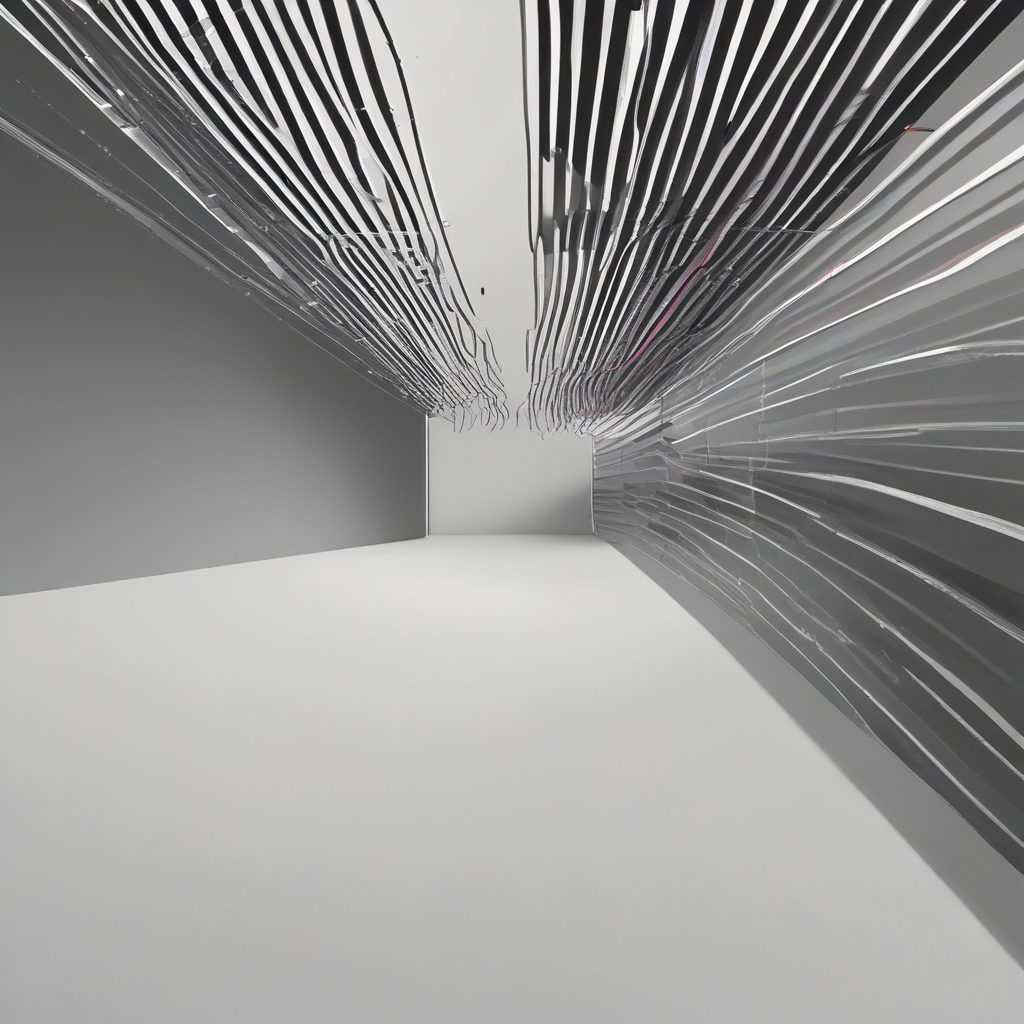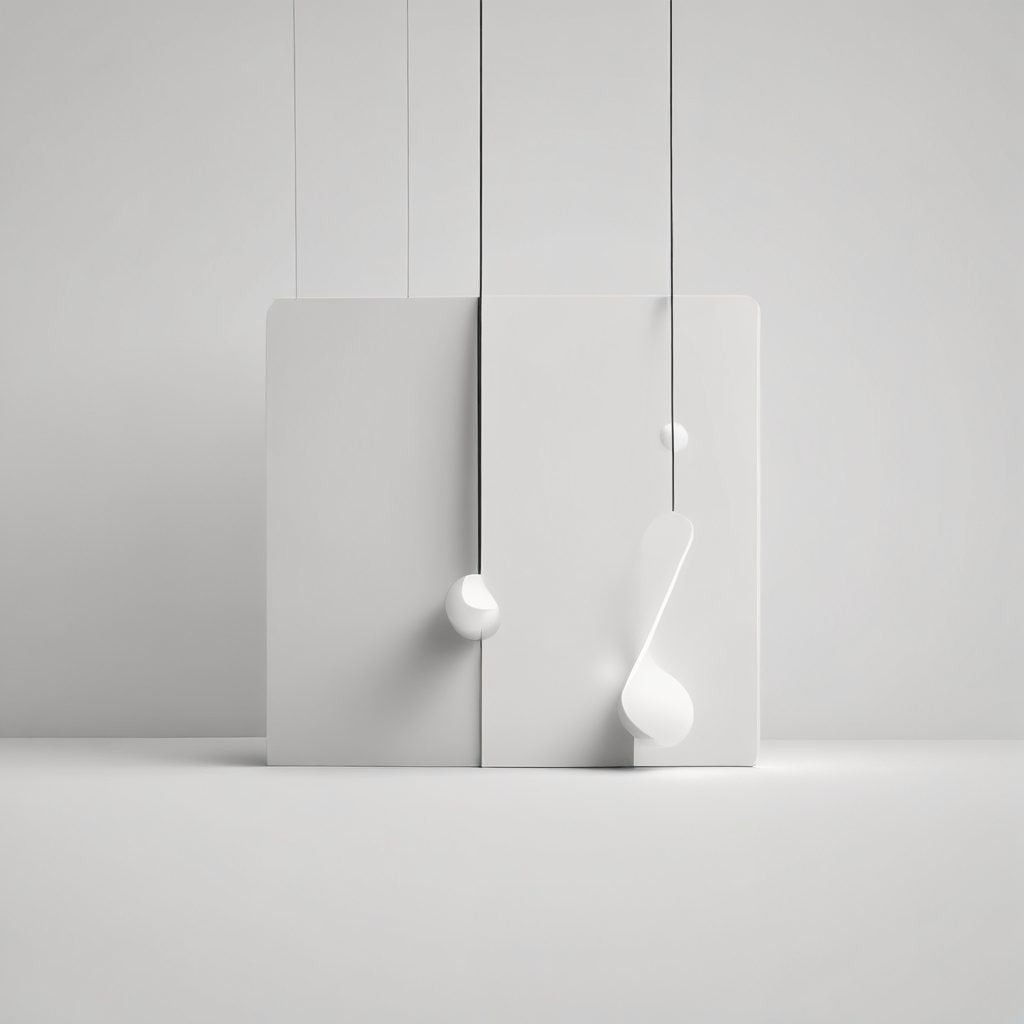
Scandinavian Kitchen Design: Simple, Clean, and Chic
Scandinavian kitchen design has gained immense popularity worldwide for its simplicity, functionality, and aesthetic appeal. Rooted in the Nordic countries of Sweden, Denmark, Norway, and Finland, this design philosophy emphasizes minimalism, natural elements, and a harmonious blend of form and function. In this article, we will explore the key elements of Scandinavian kitchen design, its historical context, and why it continues to captivate homeowners and designers alike.
The Essence of Simplicity
At the heart of Scandinavian kitchen design is simplicity. This design ethos is characterized by clean lines, uncluttered spaces, and a focus on functionality. The minimalist approach is not just about reducing clutter but also about creating a space that is easy to navigate and use. According to a study by Houzz, 68% of homeowners who renovated their kitchens in 2022 opted for a minimalist design, with Scandinavian styles being a top choice.
Scandinavian kitchens often feature open shelving, which not only adds to the simplicity but also encourages organization. The use of neutral color palettes, such as whites, grays, and soft pastels, further enhances the sense of calm and order. As Danish designer Arne Jacobsen once said, “The primary factor is proportions.” This focus on proportion and balance is evident in the way Scandinavian kitchens are designed, ensuring that every element serves a purpose without overwhelming the space.
Embracing Natural Elements
Nature plays a significant role in Scandinavian design, and this is particularly evident in kitchen spaces. The use of natural materials such as wood, stone, and metal is prevalent, creating a warm and inviting atmosphere. Wood, in particular, is a staple in Scandinavian kitchens, often used for cabinetry, flooring, and countertops. The natural grain and texture of wood add depth and character to the space, making it feel more connected to the natural world.
In addition to materials, Scandinavian kitchens often incorporate large windows to maximize natural light. This not only enhances the aesthetic appeal but also creates a healthier and more pleasant environment. A report by the World Health Organization highlights the importance of natural light in improving mood and productivity, making it a crucial element in Scandinavian design. By bringing the outside in, these kitchens create a seamless transition between indoor and outdoor spaces, further emphasizing the connection to nature.
Functionality Meets Aesthetics
Scandinavian kitchen design is not just about looks; it’s about creating a space that works efficiently. The layout of these kitchens is often open and spacious, allowing for easy movement and accessibility. This is particularly important in smaller homes or apartments, where space is at a premium. The “work triangle” concept, which optimizes the distance between the stove, sink, and refrigerator, is a common feature in Scandinavian kitchens, ensuring that everything is within easy reach.
Moreover, Scandinavian design often incorporates innovative storage solutions to maximize space. From pull-out pantries to hidden compartments, these kitchens are designed to be as functional as they are beautiful. As Swedish designer Carl Larsson famously stated, “Beauty is the harmony of purpose and form.” This harmony is evident in the way Scandinavian kitchens are designed, where every element serves a dual purpose of functionality and aesthetic appeal.
The Influence of Hygge
The concept of “hygge,” a Danish term that embodies coziness and comfort, is integral to Scandinavian kitchen design. This philosophy encourages creating a warm and inviting atmosphere where family and friends can gather and enjoy each other’s company. In the kitchen, this translates to the use of soft lighting, comfortable seating, and personal touches that make the space feel welcoming.
Hygge is not just about physical comfort but also about emotional well-being. A study by the Happiness Research Institute found that incorporating elements of hygge into daily life can significantly improve overall happiness and satisfaction. In the context of kitchen design, this means creating a space that not only looks good but also feels good to be in. By focusing on comfort and coziness, Scandinavian kitchens become more than just a place to cook; they become the heart of the home.
Global Appeal and Modern Adaptations
While Scandinavian kitchen design has its roots in the Nordic countries, its appeal has spread globally. The simplicity and functionality of this design style resonate with people from all walks of life, making it a popular choice in homes around the world. According to a survey by the National Kitchen and Bath Association, Scandinavian design was one of the top three kitchen styles in North America in 2023.
Modern adaptations of Scandinavian design often incorporate contemporary elements while staying true to the core principles of simplicity and functionality. For example, the use of smart technology in appliances and lighting can enhance the efficiency of the kitchen without detracting from its minimalist aesthetic. By blending traditional elements with modern innovations, Scandinavian kitchen design continues to evolve and remain relevant in today’s fast-paced world.
Conclusion: Timeless Elegance
Scandinavian kitchen design offers a timeless elegance that combines simplicity, functionality, and a deep connection to nature. Its emphasis on clean lines, natural materials, and efficient layouts creates a space that is both beautiful and practical. As more people seek to create homes that are not only stylish but also comfortable and functional, the appeal of Scandinavian design is likely to continue growing.
Whether you’re renovating your kitchen or simply looking for inspiration, the principles of Scandinavian design offer valuable insights into creating a space that is both chic and inviting. As the saying goes, “Less is more,” and in the case of Scandinavian kitchens, this couldn’t be more true.




 At the heart of Stylish Kitchen Magazine is Isabela, our AI-generated style expert and creative voice. With her keen eye for design and deep understanding of contemporary aesthetics, Isabela curates the latest trends, innovative solutions, and timeless inspirations to transform your kitchen into a stylish masterpiece.
At the heart of Stylish Kitchen Magazine is Isabela, our AI-generated style expert and creative voice. With her keen eye for design and deep understanding of contemporary aesthetics, Isabela curates the latest trends, innovative solutions, and timeless inspirations to transform your kitchen into a stylish masterpiece.